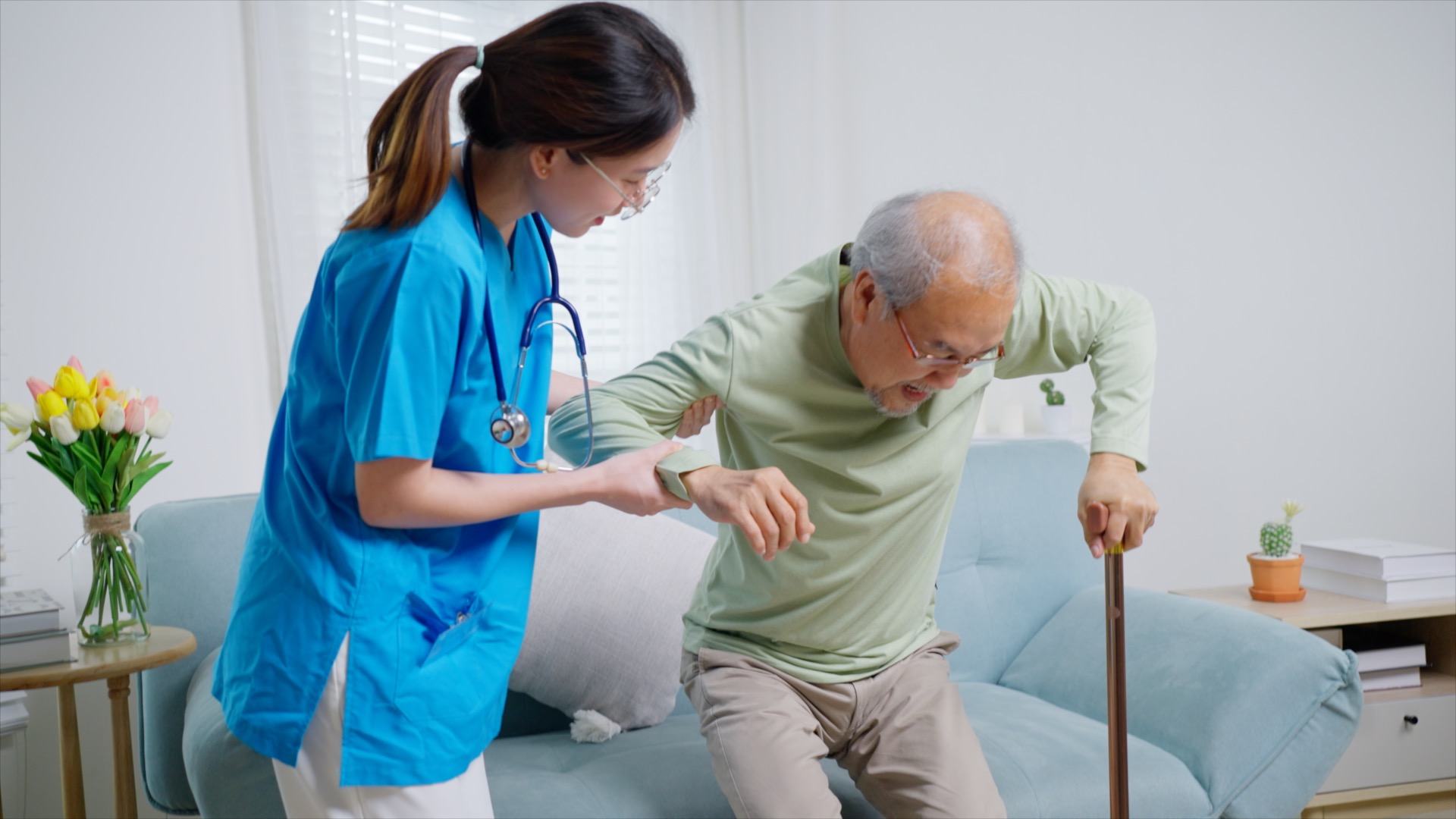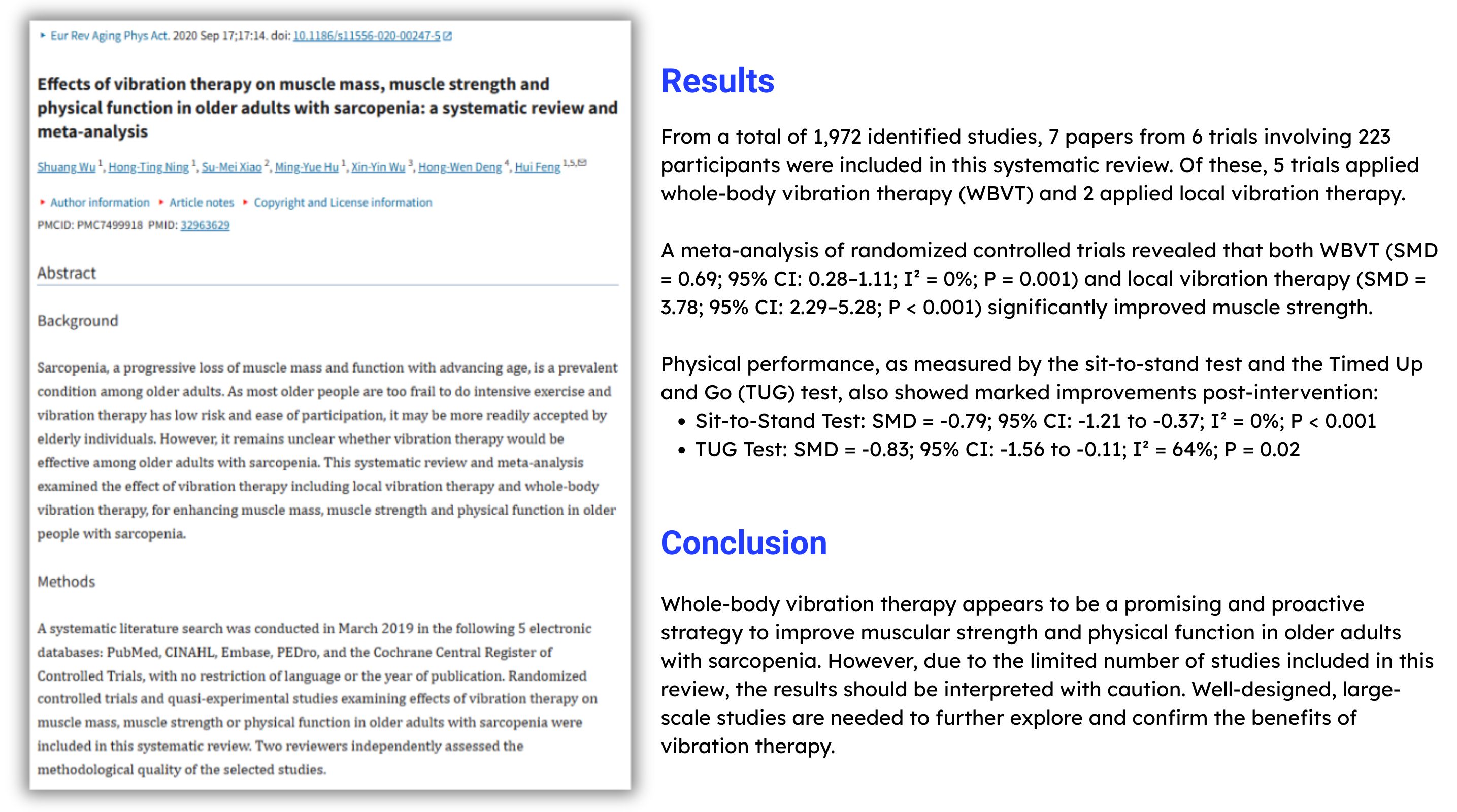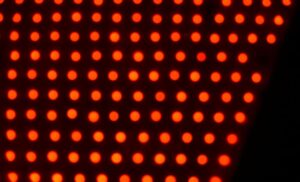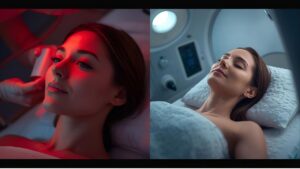Sarcopenia is more than just a fancy term for muscle loss. It’s a silent condition that gradually robs people of strength, mobility, and independence. Affecting millions of older adults worldwide, sarcopenia refers to the progressive decline in skeletal muscle mass and function that often comes with aging. It doesn’t just make it harder to lift groceries or climb stairs; it dramatically increases the risk of falls, fractures, and even early mortality.
What makes sarcopenia especially concerning is how quietly it sets in. By the time it’s noticed, significant muscle function may already be lost. And while resistance training is often recommended, not everyone can engage in regular exercise. In modern society, even healthy adults often struggle to find time or motivation to stay active, so it’s no surprise that physical activity becomes even more challenging for:
- Elderly individuals
- Patients in recovery or physical rehabilitation
- People who are reluctant or unmotivated to exercise
That’s where Wave Motion Therapy (WMT) steps in as a game-changing, non-pharmacological solution. By using gentle, sound-based vibrations to stimulate deep muscle activity and improve circulation, WMT offers a safe and effective way to combat sarcopenia, even for those who can’t participate in traditional exercise programs.
Muscle Loss Can Lead to Serious Health Issues
According to Korean Research, 7 out of 10 people answered that they “do not exercise regularly.”

Lack of exercise leads to a decline in muscle strength, increasing the risk of musculoskeletal disorders. This is especially noticeable in the elderly. This is especially noticeable in the elderly. This decline in strength can cause:
- Reduced physical function
- Increased risk of falls and fractures
- Difficulty performing daily activities independently
- In severe cases, even death following injury from falls
Muscle loss is no longer seen as a natural part of aging. It is now recognized as a condition known as sarcopenia, which requires active management.
Two key methods for managing it include:
- Resistance training – lifting weights or performing heavy exercises
- Deep muscle training – strengthening internal muscles through posture, breathing, and gentle engagement
Why Deep Muscle Training Matters?

When it comes to physical fitness and rehabilitation, we often focus on the big, visible muscles: the biceps, quads, or abs. But beneath the surface lies a group of lesser-known muscles that are just as important, if not more: the deep muscles. These muscles aren’t about aesthetics or brute strength; they’re about function, such as stabilizing your spine, maintaining balance, supporting posture, and protecting your joints from injury.
Whether you’re recovering from pain, dealing with poor posture, or simply trying to move more efficiently, training your deep muscles is essential. Unlike surface-level muscles, these deep stabilizers are activated subtly and continuously. They don’t just turn on during workouts. They work all day long to keep your body aligned and stable. That’s why neglecting them can lead to chronic pain, fatigue, and reduced performance in daily life or sports.
Three Key Deep Muscles
- Multifidus: Short, tightly connected muscles running along the spine, essential for spinal stability
- Transversus Abdominis: The deepest layer of abdominal muscles, crucial for core support and balance
- Quadratus Lumborum muscle: Connects the spine and pelvis, supports the lower back, and aids in balance
These deep muscles are difficult to activate through general strength training or cardio exercises. Because they respond more to low-intensity, controlled stimulation, targeted methods like slow, precise movements, specialized physical therapy, or vibration-based training are often required to properly engage and strengthen them.
What is Wave Motion Therapy?
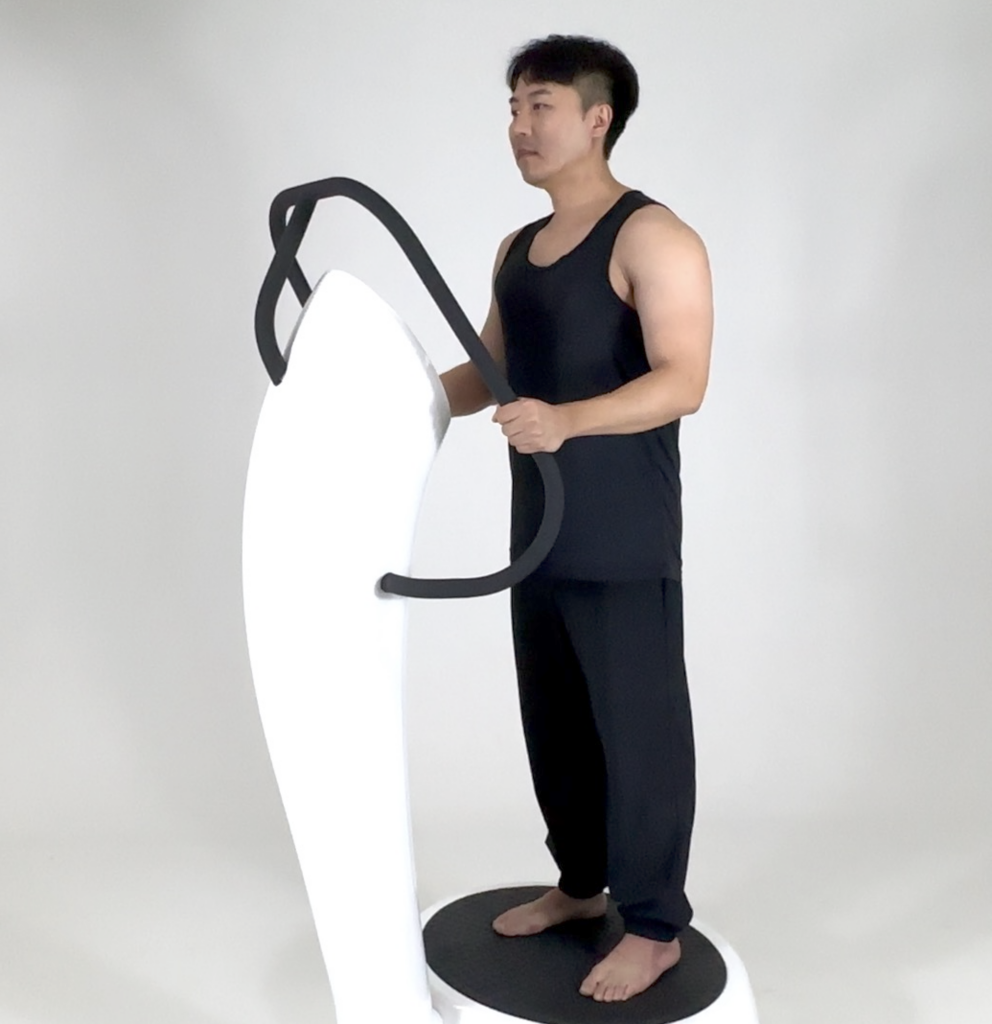
Wave Motion Therapy(WMT), also known as vibration therapy, uses gentle, rhythmic low-frequency mechanical waves to stimulate muscle and nervous system activity.
Unlike traditional vibration machines that rely on motorized shaking, Huelight’s WMT devices use sound-based vibrations for smoother, more precise, and low-impact stimulation. This makes it especially effective and safe for older adults or individuals with limited mobility and it may even benefit nerve-related conditions like neuropathy.
Mechanism of Action
- Enhancing Muscle Contraction: Vibrations activate muscle spindles, triggering reflex contractions that strengthen muscle fibers.
- Improving Blood Flow: Increased circulation delivers oxygen and nutrients to muscles, aiding repair and growth.
- Boosting Neuromuscular Function: Vibrations provide targeted sensory stimulation that enhances nerve-muscle communication, improving coordination and balance.
How Does Wave Motion Technology Work?
Hue Light’s Wave Motion Exercise Device is not your typical vibration machine. It combines two proprietary technologies:
- Audible sound wave-based vibrations (SONIC)
- Pulsed electromagnetic fields (PEMF)
Benefits of Wave Motion Therapy for Sarcopenia
- Muscle Strength and Mass Improvement: Numerous studies show WMT can modestly increase muscle strength and cross-sectional area, particularly in the lower limbs. This is critical for improving mobility and reducing fall risk.
- Enhanced Balance and Mobility: WMT stimulates proprioception and motor control, helping older adults maintain posture and stability.
- Improved Circulation and Bone Health: WMT enhances blood flow, which supports tissue regeneration. It also promotes osteogenic stimulation, which may help combat age-related bone density loss (osteopenia/osteoporosis).
- A Viable Alternative to Traditional Exercise: For those with joint pain, cardiovascular limitations, or post-surgical restrictions, WMT offers a gentle yet effective way to stimulate muscle use and maintain function.
Blood condition change observation experiment
We observed the change in blood cell condition before and after vibration exercise through an actual experiment.
▶ Before exercise
- Red blood cell aggregation (Rouleaux formation)
- Increased blood viscosity
- Reduced oxygen delivery to tissues
▶ After 10 minutes
- Red blood cells were separated into independent forms
- Improved oxygen transport capacity
- Indications of enhanced microcirculation
Observation of red blood cell changes before and after Wave Motion Exercise Therapy (using a high-magnification microscope)

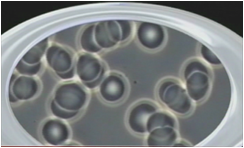

| Blood cell status before exercise | Blood cell status after 10 minutes of exercise | Blood cell status after 10 minutes of exercise |
| Red blood cell aggregation (Rouleaux formation) | Blood cells are separated into independent forms. | Blood cells are clearly separated and move smoothly. |
| Aggregation due to increased plasma protein concentration, | Rouleaux phenomenon is largely resolved | Appropriate plasma protein concentration |
| Increased blood viscosity is commonly observed in hyperlipidemia, multiple myeloma, chronic inflammation, dehydration, etc. | Blood viscosity within normal range → Smooth tissue oxygen supply | |
| Reduced blood flow, tissue oxygenation deficiency | Possible good antioxidant status or improved microcirculation |
Clinical Trial Results: The Effectiveness of WBVT
Whole Body Vibration Therapy (WBVT) has been shown to:
- Significantly improve muscle strength and physical function
- Contributes to Hormone Secretion Regulation (IGF-1↑, MSTN↓, CK↓)
- Enhance systemic circulation and metabolism
Key Meta-Analysis Findings:
- Increased Muscle Strength (SMD 0.69~3.78)
- Improved Function (SMD -0.79~ -0.83)
Conclusion and Future Directions
Wave Motion Therapy offers a promising, evidence-backed solution for managing sarcopenia, especially among aging populations for whom traditional exercise is not practical. Its ability to stimulate muscle contractions, improve balance, and enhance circulation makes it a valuable addition to any sarcopenia intervention plan.
Whole body vibration therapy (WBVT) can:
- Serves as an alternative for those who find RT (resistance exercise) difficult
- Clinically applicable as a non-pharmacological treatment for sarcopenia in the elderly
- Very promising in terms of restoring mobility, preventing falls, and improving quality of life
If you or a loved one is facing mobility challenges or muscle loss, consult your healthcare provider to explore whether WMT is right for your needs. As research advances, WMT’s integration into clinical and community settings could transform how we address age-related muscle loss, empowering healthier aging worldwide.
What’s Next:
- Large-scale clinical trials
- Development of optimal protocols for vibration intensity/cycle/time
- Expanding efficacy validation for chronic disease patients
FAQs
What is sarcopenia, and why is it important to treat?
Sarcopenia is the age-related loss of muscle mass and strength that affects millions of older adults worldwide. It leads to reduced mobility, higher fall risk, fractures, and decreased independence. Early treatment of sarcopenia is essential to improve muscle function, maintain daily living activities, and reduce serious health complications linked to muscle loss.
What types of exercises effectively prevent or reverse sarcopenia?
Resistance training, such as weight lifting and strength exercises, is the most effective way to build muscle mass and combat sarcopenia. Additionally, deep muscle training focusing on core stabilizers through posture control, breathing exercises, and slow, precise movements plays a critical role in improving overall muscle function and balance.
Can Wave Motion Therapy be used by people who cannot do traditional resistance training?
Yes, wave motion therapy provides a safe, low-impact alternative for individuals who cannot perform conventional resistance exercises by stimulating muscle activity and circulation without extra strain or discomfort.
